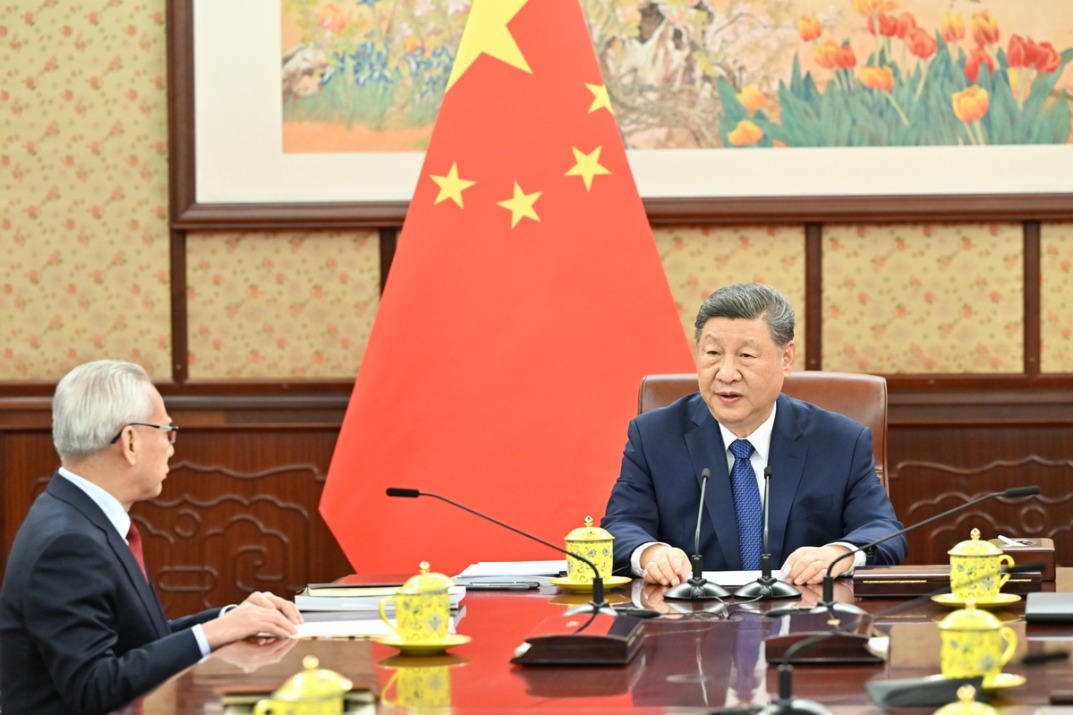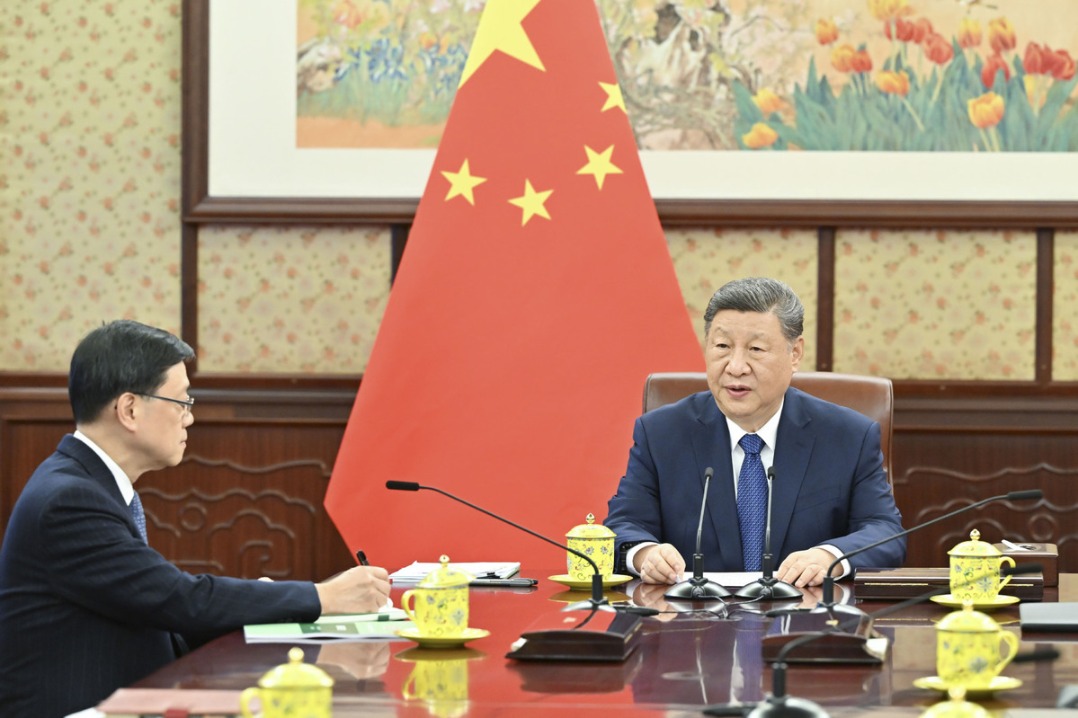Covestro aligns with sustainable development in China
By Yuan Shenggao | China Daily | Updated: 2024-11-08 14:48

With a strong presence in China, materials manufacturer Covestro has aligned its strategic priorities with the country's sustainability ambitions, particularly around carbon reduction and circular economy initiatives.
The Germany-based company has actively collaborated with Chinese industries, academia and policymakers to drive impactful, localized solutions that advance sustainable development. This approach has positioned Covestro as a committed partner in China's journey toward a greener future and a role model of Sino-German collaboration.
As China continues to pursue ambitious environmental goals, Covestro has strategically leveraged events such as the China International Import Expo to demonstrate its commitment to those efforts. Since joining the CIIE in 2021 and participating for three consecutive years, Covestro has used the platform to showcase its contributions to the circular economy, foster partnerships, and elevate brand recognition.
"The CIIE has created valuable spillover effects, connecting us with key industries such as construction, which is crucial for China's dual carbon goals," said Holly Lei, senior vice-president of Covestro Group and president of Covestro China.
Lei cited partnerships with Shanghai-based property developers such as Pudong Development Group and Lujiazui Group, which aim to drive low-carbon solutions for green buildings, including polyurethane composite wall insulation and energy-efficient doors and windows. Such advancements are essential as China strives to achieve its dual carbon goals.
Headquartered in Leverkusen, Germany, Covestro is among the world's top polymer producers, supplying high-quality materials to key sectors including mobility, construction and electronics. The company's polymers also serve industries such as sports, leisure, cosmetics and healthcare. Covestro's goal is to become fully circular, with plans to achieve climate neutrality for Scope 1 and Scope 2 emissions by 2035, and Scope 3 emissions by 2050.
























